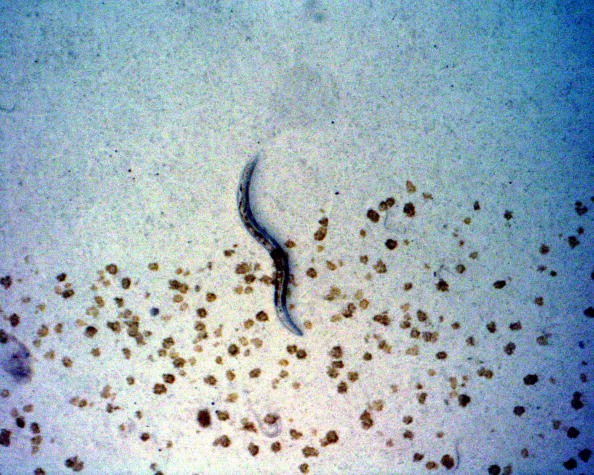Extremely invasive species of jumping worms first seen in Wisconsin in 2013 has now been discovered in over a dozen Midwestern states.The worm (Amynthas spp) is indigenous to East Asia but is believed to have been conveyed into the U.S. as fishing bait.

Jumping Worms Have the Ability to Shed Their Own Tails
Experts warn they consume organic matter found in the soil, feeding on many of the useful nutrients that fungi, animals, and plants require to flourish. When the species was initially introduced to the country it was restricted to areas along the coasts of the U.S., but has since dispersed inland, KTVI reported.
As of 2021, distribution includes Louisiana, Illinois, Wisconsin, Iowa, Kansas, Nebraska, Indiana, Minnesota, Missouri, Indiana, Kentucky, Tennessee, Ohio, Oklahoma, Texas, the news outlet takes notes, citing experts from the University of Illinois last week made a confirmation that the invasive worms were found in Peoria County.
Jumping worms got their nickname because of the way they behave, with the species known to thrash violently when touched. Experts have recorded that they move just like snakes and they have the ability to shed their own tails to get away when pressured.
Jumping Worms Thrash Violently When Touched
They are also called crazy worms, snake worms, or Alabama jumpers, as stated by Nicole Flowers-Kimmerle, Illinois University Agriculture and Natural Resources expert, who noted in a blog the adult worms are between four and five inches in length."These worms are known to destroy plant roots, and change the water-holding capacity of the soil. This is mostly a concern in our forests, where organic matter is in short supply. It is crucial to put to stop the spread of jumping worms," she wrote last week.
Because of their hunger for soil nutrients, the worms develop twice as rapidly as other species. They reproduce without mating and "destroy roots acutely, causing weaker plants that are more vulnerable to drought, pests, and disease," Flowers-Kimmerle explained.

They Possess Clitellum
The Wisconsin Department of Natural Resources says in a sheet of fact that the jumping worms are brown/gray in color with a white band known as clitellum enclosing their body. Unlike the more regular European nightcrawler species of worms which possess a slimy and thicker exterior, jumping worms are " smooth, dry, firm, and sleek."
While grown-ups won't have the ability to survive through cold Midwestern winters, the casings of their eggs can. Population control is an issue, and scientists have accepted there are no applicable control measures in place to decrease the worms from dispersing across the country.
Jumping worms are generally discovered in the top few inches below the ground, and people are advised from the mid-to-late summer period to look out for them. One major hint they are lurking is that soil takes on the looks of coffee grounds.
Related Article : Researchers' Understanding of Color 'Upended' by an Eyeless Worm
For more news, updates about worms and similar topics don't orget to follow Nature World News!
© 2025 NatureWorldNews.com All rights reserved. Do not reproduce without permission.





